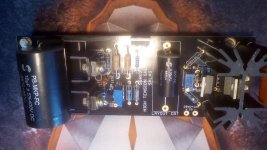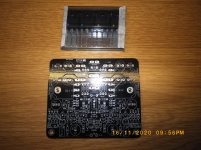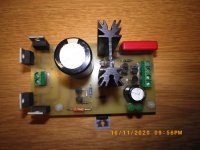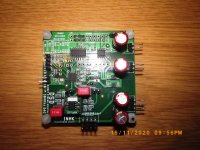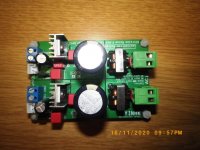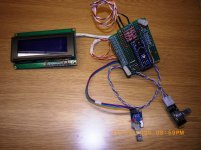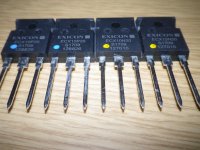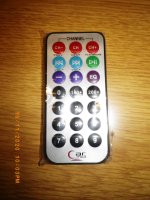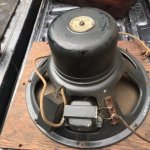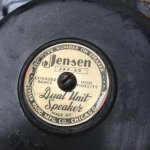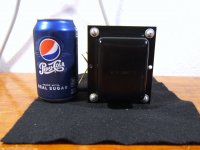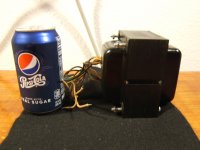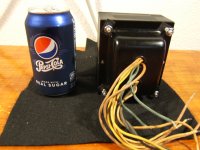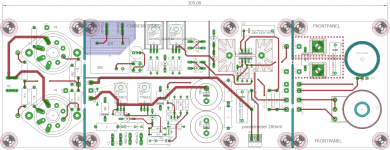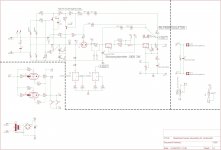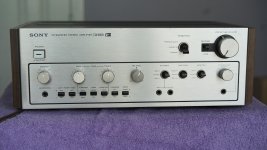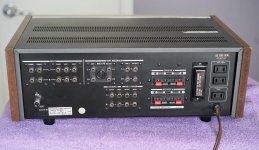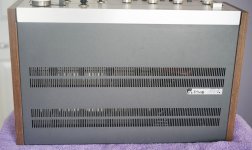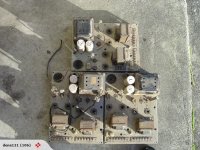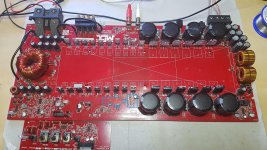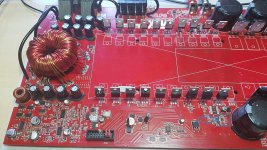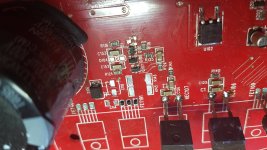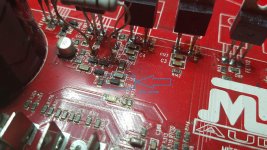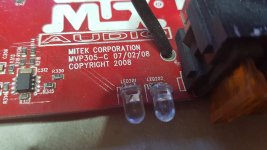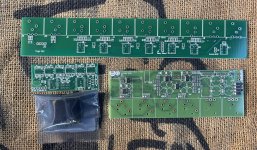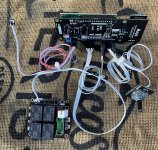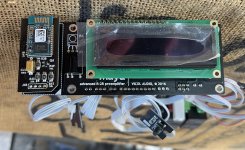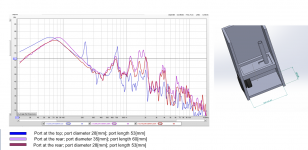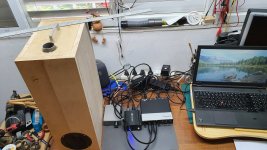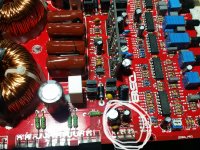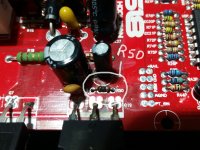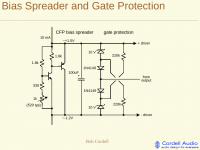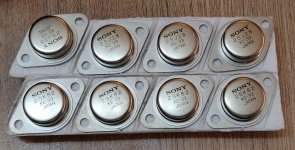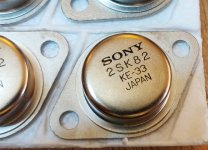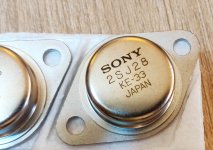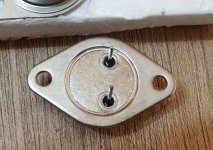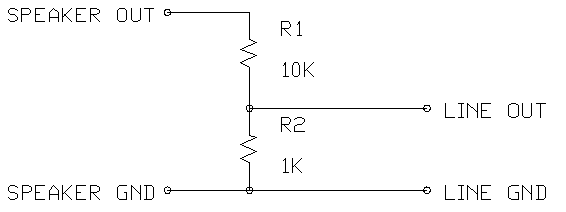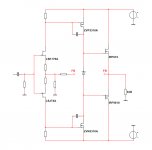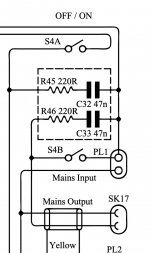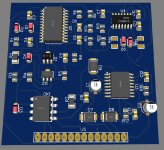Hi all,
I have a Motu 8A acting as an active crossover which is connected to a Crestron CNAMPX-16X60 amplifier. I'm trying to gain match the output of the Motu to the input of the amplifier.
The Motu, being pro gear, has a balanced out but can work as unbalanced with a floating R from a 1/4 TRS, which I'm using. Measuring the Motu with a scope I see an max output of ~4.5v peak-to-peak (non-clipping).
This is by far too much for the amplifier which needs a significantly smaller signal. So I can configure the Motu to significantly attenuate the signal but I'm assuming that's not doing wonders for the D->A conversion as it'll simply limit the effective bits used.
So I want to make a set of line-line attenuators with a best guess of the usual +4dBu -> -10dBV or about 11.79db attenuation which comes down to a K-factor of ~3.88.
From the specs I can see that the amplifier
input impedance is 28kohm and the Motu has an output impedance of 100ohm.
Ideally I'd like to take these difference into account but I didn't find the math on how to do that exactly and which topology would be best suited for this. Any tips would be highly appreciated.
What I did find was some help on
Uneeda Audio - Build your own attenuator pads where it's recommended for line-line to use a simple L topology making the input impedance leading.
The recommendation there, was to use the input impedance (28kohm) as the series and the shunt would then be ~7k2ohm.
I'm looking for some feedback on if that's the best way to do it, or if there are better ways to solve this.
Thanks!
